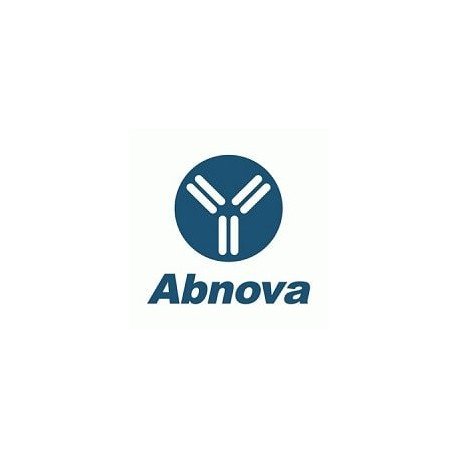Cart 0 Product Products (empty)
No products
To be determined Shipping
0,00 € Total
Prices are tax excluded
Product successfully added to your shopping cart
Quantity
Total
There are 0 items in your cart. There is 1 item in your cart.
Total products (tax excl.)
Total shipping (tax excl.) To be determined
Total (tax excl.)
Data sheet of SARS orf1ab polyclonal antibody
| Brand | Abnova |
| Product type | Primary antibodies |
| Reactivity | Viruses |
| Host species | Rabbit |
| Applications | ELISA,IF,WB-Re |
More info about SARS orf1ab polyclonal antibody
| Brand: | Abnova |
| Reference: | PAB11368 |
| Product name: | SARS orf1ab polyclonal antibody |
| Product description: | Rabbit polyclonal antibody raised against full length recombinant SARS orf1ab. |
| Gene id: | 1489680 |
| Gene name: | orf1ab |
| Gene alias: | - |
| Gene description: | orf1ab polyprotein (pp1ab) |
| Immunogen: | Recombinant protein corresponding to full length SARS orf1ab. |
| Protein accession: | P59641(polyprotein);NP_828863(3CL-PRO) |
| Form: | Lyophilized |
| Recommend dilutions: | ELISA (1:10000-1:50000) Western Blot (1:2000-1:10000) The optimal working dilution should be determined by the end user. |
| Storage buffer: | Lyophilized from 20 mM KH2PO4, 150 mM NaCl, pH 7.2 (0.01% sodium azide) |
| Storage instruction: | Store at 4°C on dry atmosphere. After reconstitution with 0.1 mL of deionized water, store at -20°C or lower. Aliquot to avoid repeated freezing and thawing. |
| Quality control testing: | Antibody Reactive Against Recombinant Protein. |
| Note: | This product contains sodium azide: a POISONOUS AND HAZARDOUS SUBSTANCE which should be handled by trained staff only. |
| Product type: | Primary antibodies |
| Host species: | Rabbit |
| Antigen species / target species: | Viruses |
| Specificity: | This protein A purified antibody is directed against SARS Coronavirus 3CL Protease. |
| Reactivity: | Viruses |
| Application image: |  |
| Application image note: | Western blot using orf1ab polyclonal antibody (Cat # PAB11368) shows detection of a 34- KDa band corresponding to the protein. Approx. 100 ng of protein was loaded for SDS-PAGE and transferred onto nitrocellulose. The blot was incubated with a 1:5,000 dilution of the antibody at room temperature for 1 h. |
| Applications: | ELISA,IF,WB-Re |
| Shipping condition: | Dry Ice |
| Publications: | SUMO fusions and SUMO-specific protease for efficient expression and purification of proteins.Malakhov MP, Mattern MR, Malakhova OA, Drinker M, Weeks SD, Butt TR. J Struct Funct Genomics. 2004;5(1-2):75-86. |


